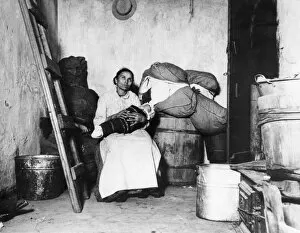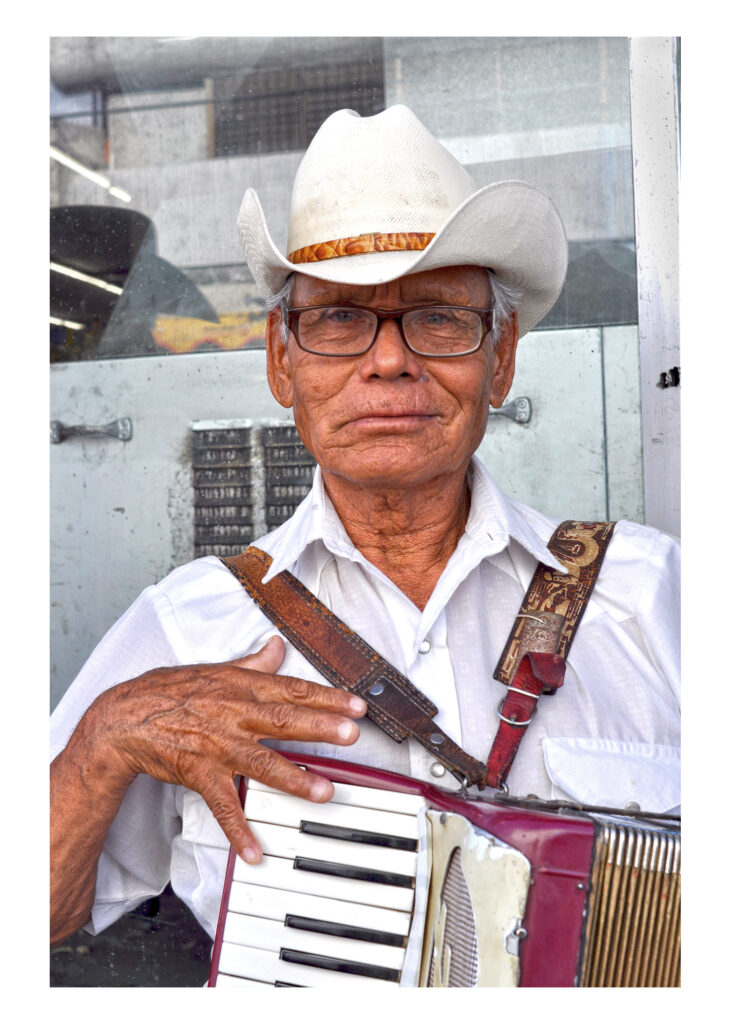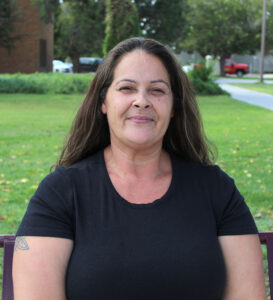STEPHANIE SINCLAIR: SEARCHING FOR A DIFFERENCE
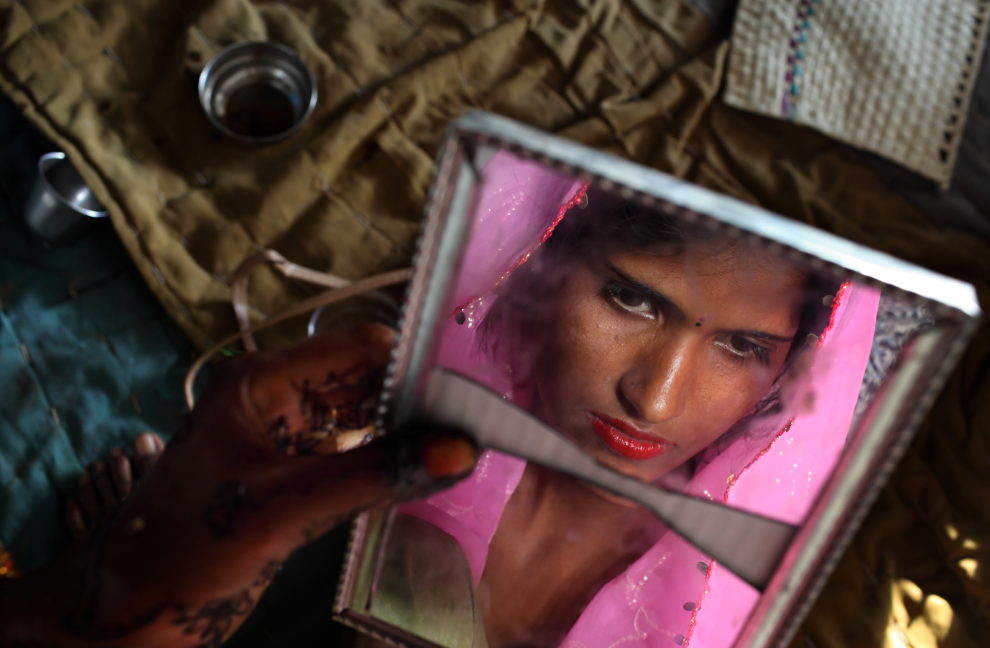
Radha Bhamwari, 15, observes herself in a cracked mirror the day before her wedding. Three young sisters Radha Bhamwari, 15, Gora Bhamwari, 13, and Rajni Bhamwari, 5, were married to their young grooms Aleen Mehra, Giniaj Mehra, and Kaushal Mehra, (ages to come), who were also siblings, on the Hindu holy day of Akshaya Tritiya, called Akha Teej in North India. Despite legislation forbidding child marriage in India (Child Marriage Restraint Act-1929) and the much more progressive Prohibition of Child Marriage Act (2006) and many initiatives to prevent child marriage, marrying children off at a very tender age continues to be accepted by large sections of society.
In my opinion, “photojournalism” doesn’t mean the same thing it used to mean. Take a look at the name for example. Photo is pretty self explanatory, but what about journalism? Journalism has become a word that has transcended through time and each and every time, its meaning changes. It no longer means to write for a magazine or newspaper. Journalism is a type of story-telling that’s allows readers to become engaged enough to know what’s going on around the world. It is both digital and print and will continue to evolve as technology evolves. So to come to a conclusion, photojournalism is a form of visually story-telling that has evolved time and time again to appeal to its viewers. The visual storyteller I believe has much influence is Stephanie Sinclair.

Stephanie Sinclair is best known for her work in the New York Times, Time Magazine and National Geographic. The reason I became drawn to her photos is because she’s really good at capturing emotion and culture such as arranged marriages that occur in certain cultures. She truly captures how a young woman feels in that situation. They feel part upset, part nervous and unsure of how their lives will turn out. Stephanie makes quite the living off her photos since she is regularly published in National Geographic. National Geographic pays not only for the photo itself, but it covers all traveling expenses. A photojournalist’s clients would definitely be the company or person that the photographer is taking the photograph for. With one gig, your name begins to circulate and you begin to get more gigs. For Stephanie, shooting for the National Geographic is a big deal because it publishes all over the world to a large audience. Although she may do photography, Stephanie has also harbored a 15-year series of photos she named “Too Young to Wed” which shows the practice of forced, early-childhood marriage. Along with that, Sinclair opened a non-profit organization by the same name to help stop early childhood marriages.
Some of the organizations that support photojournalists are Advertising Photographers of America (APA), National Press Photographers Association (NPPA) and Zuma Press. It would be very beneficial to join one of these organizations because it can help you get more recognized and find gigs. If you join one of these organizations, you can become more exposed and the right people will see your photos and give you a call to book an assignment.
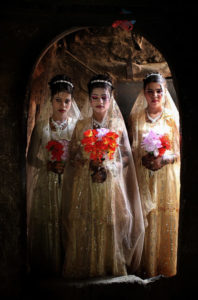
Sources
-About / Contact. (n.d.). Retrieved from https://stephaniesinclair.com/about-contact/
-Larsen, D. A. (n.d.). Understanding Photo Income Streams. Retrieved from http://shutha.org/node/787


